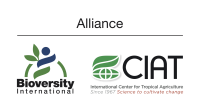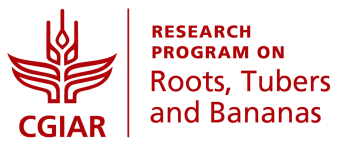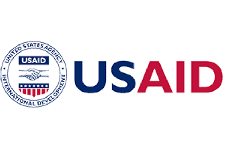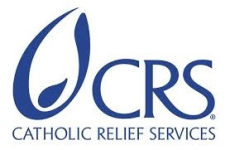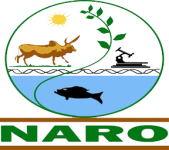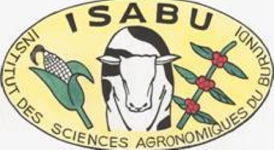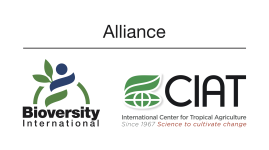More than 180,000 farmers are supported with practices to control the Banana Xanthomonas Wilt (BXW) disease in Burundi, Uganda and Democratic Republic of Congo
Published on: March 28, 2021, Submitted by Anne Rietveld on: March 19, 2021, Reporting year: 2020
Based on research by RTB/Alliance and partners, farmers in East and Central Africa are supported with practices to control Banana Xanthomonas Wilt (BXW). An improved control package, ‘Single Diseased Stem Removal’ (SDSR), has been promoted to more than 180,000 farmers. Further, capacities of extension services and their staff in Burundi, Uganda and Democratic Republic of the Congo on BXW control were strengthened.
Xanthomonas Wilt (BXW) of banana is a serious disease affecting farmers in East and Central Africa, with yield losses of up to 100%. Over the past years, Single-Diseased Stem Removal (SDSR), that is cutting all visibly diseased stems at soil level immediately after first symptom detection, has been developed as a labour-extensive technology that reduces plant incidence levels to less than 2% within 6 months.
More than 180,00 farmers in Burundi and the Democratic Republic of the Congo (DRC) supported control measurements for Banana Xanthomonas Wilt (BXW) by applying Single Diseased Stem Removal (SDSR) (11). This technology package was developed by scientists of RTB/Alliance and partners (2, 3). The application of this package enables farmers to control the disease which causes severe banana productivity declines in the whole region (1, 4, 5), and to maintain or recover banana production. Field trials in Rwanda proved that SDSR is highly effective and more time and cost-efficient than former control technologies promoted (7, 9). Once familiarized with the SDSR control measures and able to identify disease symptoms, SDSR can be easily applied by all farmers irrespective of sex or age (6,8). RTB/Alliance and partners implemented different scaling strategies in each of the focus countries (10).
Burundi: The Alliance and its partner provided training to both agricultural extension agents and “model” farmers in Muyinga Province on SDSR. Each model farmer trained a further 10-50 farmers. Approximately 65% or 69,000 banana-growing households have been reached by these efforts;
DR Congo: In South Kivu agronomists and local extension and agricultural research staff’ were trained on SDSR. These staff visited often isolated communities in focus sites to inform and mobilize village chiefs into action; they demonstrated the effectiveness of SDSR and the technology itself in selected plantations and organized community meetings to demonstrate and train 81,000 farmers.
Close to 80% of all farmers sampled (N=440) in 41 villages in 3 territories post-intervention, currently apply SDSR (70%) or a combination of SDSR and CMU (10%) whereas only 55% of the sampled farmers received direct training in the two years preceding the survey. In DRC, our local partners have integrated SDSR into their policy.
Uganda has been controlling BXW for over a decade, but control used to be very labor and cost-intensive (11). The adjusted recommendations make banana production in the face of BXW threats much more attractive and the evaluation concluded that farmers are restoring banana plantations. The scaling activities for SDSR in Uganda were tied to another project which promoted more broadly best practices for banana management. They organized field days and visits, established demonstration sites, and ran a radio campaign. Farmers in pilot sites also received training.
Stage of Maturity and Sphere of influence
-
Stage of Maturity: Stage 1
-
Contributions in sphere of influence:
1.1.2 - Reduced production risk
1.3.3 - Increased value capture by producers
Acknowledgement
This research was undertaken as part of, and funded by, the CGIAR Research Program on Roots, Tubers and Bananas (RTB) and supported by CGIAR Trust Fund contributors.
